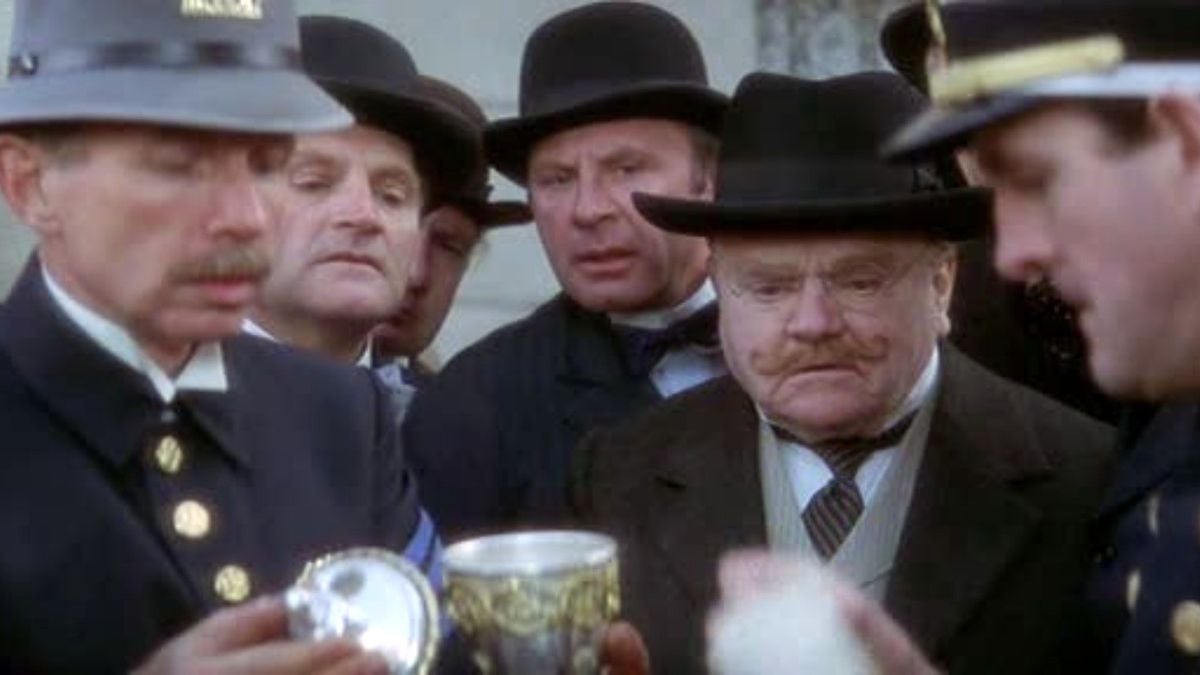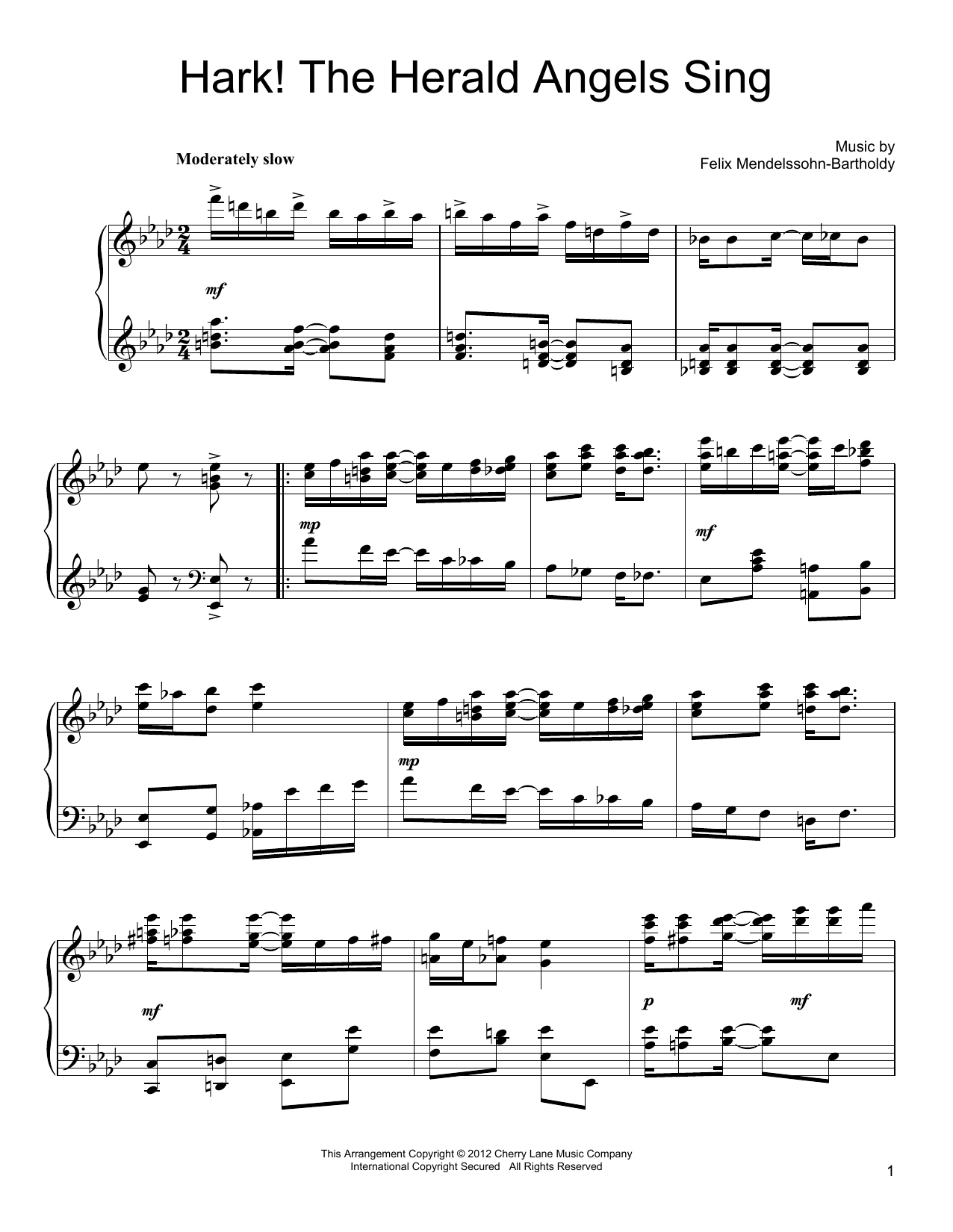


Ragtime-both the book and the film-depicts White’s real-life murder at the hands of Harry K. They waited for their transformation.” Riis, meanwhile, goes to visit the eminent architect Stanford White to inquire “if he’d ever designed housing for the poor.“ White is one of the titular characters in Sigmund Lubin’s The Unwritten Law: A Thrilling Drama Based on the Thaw-White Tragedy.

ĭoctorow tells us that Riis photographed Tateh and his wife and little daughter, who “remained in the position in which they had been photographed. Air shafts, light and air, would bring health. Many people believed that filth and starvation and disease were what the immigrant got for moral degeneracy. Children died on beds made from two kitchen chairs pushed together. They had no honor and worked for next to nothing. went into the streets and were somehow absorbed in the tenements. Tateh supplements the family’s meager income by creating delicate silhouette figures for sale on the street.ĭoctorow’s depiction of tenement life in New York City in 1902 is detached but passionate: In Doctorow’s original, we first meet a fictional immigrant named Tateh (Mandy Patinkin) when he’s visited by Jacob Riis (1849-1914), a figure whom Doctorow borrows from real life and describes as “a tireless newspaper reporter and reformer wrote about the need of housing for the poor” (see Figure R4.1).
RAGTIME MOVIE MOVIE
The movie Ragtime was directed in 1981 by Czech-born Milos Forman from E.L.


 0 kommentar(er)
0 kommentar(er)
